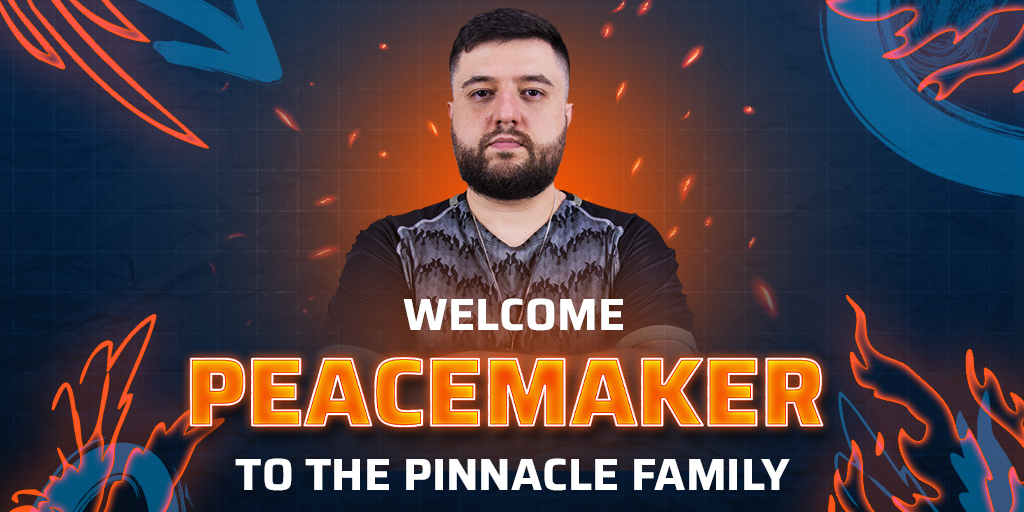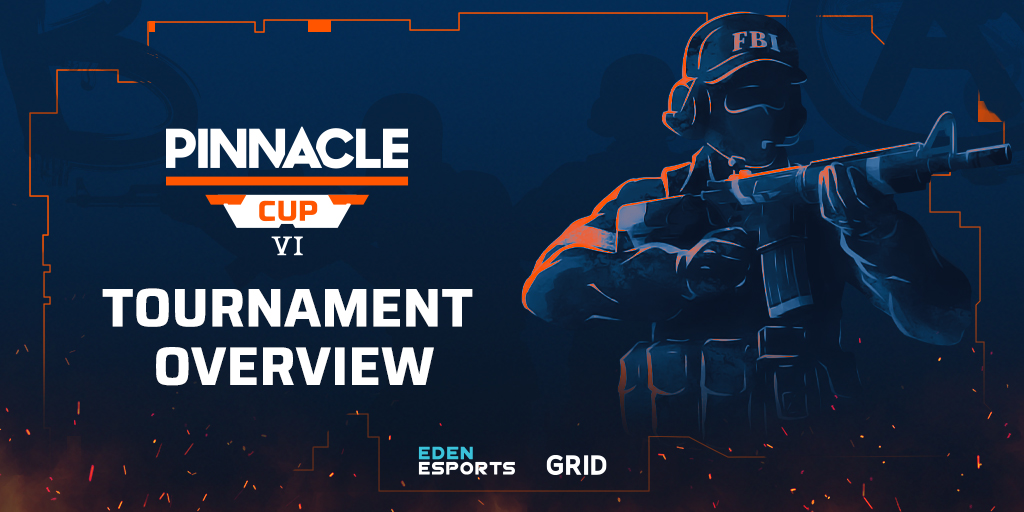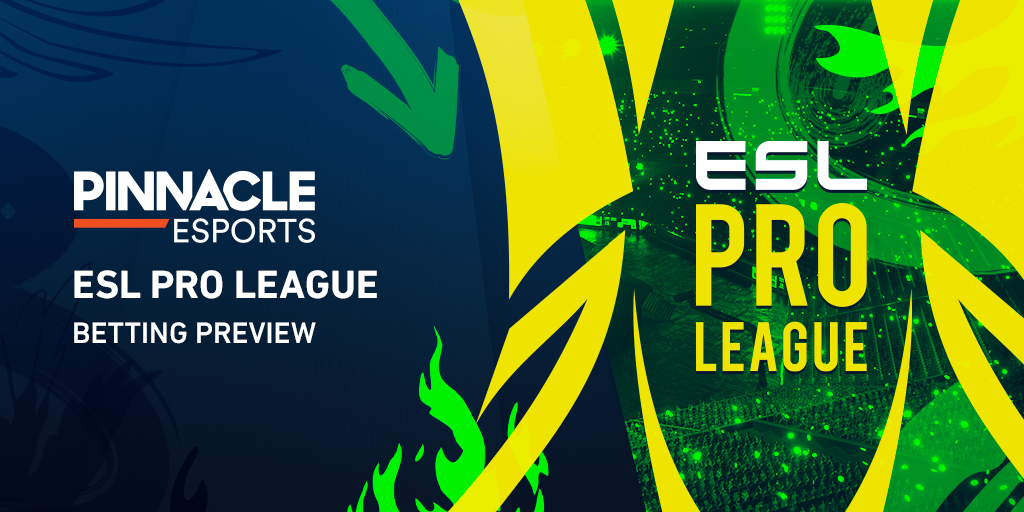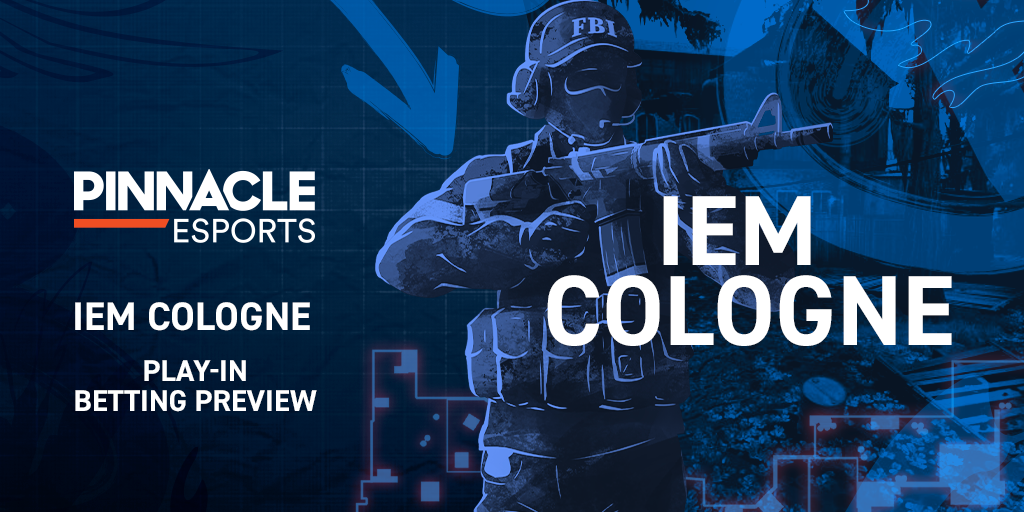There are currently seven maps in the active duty map pool – the most balanced and competitive maps that are used in all official Valve events. If you want to make money from betting on CS:GO, knowledge of the different maps and the impact they have on a match is crucial. Read on to learn more.
Since mid-2014, the number of maps used in competitive Counter-Strike: Global Offensive (CS:GO) has never deviated from seven, but the actual maps do change from time to time. Valve has recently been upgrading the maps in terms of gameplay and visuals to make them appear less dated.
After a map has been removed, Valve then adds another map to replace it. So far, Vertigo, Inferno and Nuke have all been updated, with wholesale changes made to Overpass over time. Most recently Ancient and Anubis have been added. Mirage so far has been largely left untouched since it was first added to the map pool on July 1, 2014. However, a major visual overhaul of the map pool will be taking place with the launch of Counter-Strike 2 (CS2).
What are the maps?
Despite largely being seen as Valve’s own maps now, the majority of the CS:GO maps were originally not created by them and in fact made by members of the community in past versions of CS.
Overpass
Overpass’ map setting is a canal overpass, with the park built above it in Berlin, Germany.
Overpass’ changes were mainly on the A bomb site and the toilets area. Finding a way to make the A bomb site exciting but also balanced was perhaps one of the hardest issues for Valve to overcome.
Although the map can be quite CT sided, it also is one of the most diverse maps in the pool. The T and CT side both have a lot of different ways to play the map, with an incredibly large number of different strategies being viable.
Although the number of maps used in the competitive CS:GO scene never deviates from seven, the actual maps do change from time to time.
The defending side can play defensive or aggressive on both bomb sites. Various tactics and some aggression can be used to push T side back to their own spawn (where the team start the round), due to the layout of this map. The rotate times between the bomb sites (how long it takes to get from one to the other) are relatively short, which again makes the use of utility and denying vision even more important for the T side.
One critique of the map is the amount of ambient noise. There are trains that pass by every so often and noise in the bathrooms as well. The map also had some serious design faults that professional teams were able to discover, but a majority of these have been fixed over the past years.
Vertigo
As the newest addition to the CS:GO map pool, and one that was a surprise to most, Vertigo sees the teams face off on the top two floors of a skyscraper under construction.

Another of Chris ‘Barney’ Auty’s creations, the map made its first appearance in the Counter Strike series in March 2001 with the release of the 1.1 version of the original game. For many in the community the map was seen more of a non-competitive map. However, this all changed in March 2019, when a reworked version of the map was added to the competitive pool in place of former staple Cache.
This is the first time since mid-2014 that a new map joined the CS:GO map pool, when Cobblestone, Overpass and Cache were added. Since its release, Vertigo has continued to go under many changes to try and flip the way the map is played. Even with all its changes, Vertigo is still a niche pick, being the least-played map in 2022. One thing the changes have been able to do is balance out the map – Vertigo is only 52.6%* CT-sided during 2022**.
Only time will tell if the map will prove to be a stable and popular addition to the game, or if it will become like Nuke and be a popularly-banned map.
Ancient
An archaeological site located somewhere in central America, Ancient has a very distinct green colour across the entire map.

Ancient came into CS:GO as part of the Operation Broken Fang update on December 3, 2020. Less than six months later it replaced Train in the active map pool. Across 2022** Ancient has been played 1,264 times, making it the second-least played map in the active pool. Being the newest map in the active duty map pool this isn’t surprising, and it could see some increase in popularity if more changes are made to some of the more veteran maps that are still available.
Ancient plays as a very open map on bombsites but remains quite dense when entering any building or one of the many caves or temples. Changes were made on June 15, 2022, to try and fix issues with the open sites and it has come out favouring the CT side quite heavily at 58.1%* during 2022**.
Nuke
Originally set in Germany, the new version of Nuke is based at a Nuclear Power Plant in an unnamed town in America.

Nuke was originally created by Jo Bieg and was added to CS in 1999 after the rights to the map were purchased by Valve. The map has been changed many times over the course of the various different games, although the general layout has remained almost the same. Known for its incredibly hard T side, it has still remained one of the most popular maps.
Nuke was removed from the map pool in March 2015 and was not added back into the game until Operation Wildfire in February 2016 (it was added to the map pool shortly after). The revamped version is entirely different graphically, but almost the same gameplay-wise, which has disappointed a lot of players and fans.
The map is still heavily CT-sided (57.1%* rounds won by the CT side during 2022**) although with the general changes to CS:GO and further alterations to the map, like vent access between the sites, it is slightly more T-sided than before (42.9%* rounds won by the T side during 2022** compared to just 32.9% in 2015*).
Only time will tell if the map will prove to be a stable and popular addition to the game, or will become a popularly banned map
The main issue for Nuke overall is the layout. It is incredibly difficult to catch all of the action as a viewer, as both bombsites are on top of one another. This makes the stream feel disjointed and you seem to only get half the story - something that really hurts the map viewer-wise.
Nuke being heavily CT-sided hasn’t stopped it from being a highly played map during 2022** with it being played over 1,500 times. This makes it the third-most played map during 2022**. It has seen many changes during its time in and out of the active map pool and it seems to be the map played by the current dominant teams, with it being a staple pick for during the era of Astralis and a current pick for FaZe Clan and NAVI.
Mirage
The action on Mirage takes place in a small town, rumoured to be somewhere in Morocco.

Mirage was first developed by Michael ‘BubkeZ’ Hull specifically for the Cyberathlete Professional League (CPL) all the way back in 2004, and was originally called de_cpl_strike. In 2010, he released Mirage for CS 1.6 and the map was an instant hit.
After CS:GO was released, Valve decided to remake the map and add it to the active duty map pool, changing the texture of the map and a few gameplay aspects as well.
Mirage, which was one most popular maps at big events during 2022**, is a fan favourite in CS:GO. There is a large variety of ways to play the map on both the T and CT side, so no two games will be exactly the same, and the styles of both teams and how they play becomes incredibly apparent on this map.
The map is one of the more balanced in the map pool (something that has happened steadily over time as the game has changed). At the Majors in 2014, teams were winning on average 57.2%* of the rounds on the CT side, which dropped off to 52.4%* in 2018. This downward trend has reversed because of the M4A1-S, with the CT side now winning 55.7%* of rounds during 2022**.
Inferno
The original Inferno was set in a small town in the Basque country, with the revised version taking place in Italy.

Inferno was originally built by Chris ‘Barney’ Auty and introduced in July of 1999 in Counter-Strike 1.1. The map was updated and changed over the following few years, including an official upgrade in Counter-Strike: Condition Zero and CS:S. The CS:S version was largely different from the original, as well as the Condition Zero one, which was set at night.
Valve decided Inferno should be one of the active duty maps when CS:GO was released, but kept the remainder of the map the same, except for visual changes. The map was re-skinned again in October 2016 with some gameplay adjustments.
These changes were made to make the map slightly more T sided, which seems to have worked. Despite the mixed feelings about this map in general, most of the greatest games so far in CS:GO have occurred on this map, proving that its place in the map pool is much needed.
Anubis
The action on Anubis is suspected to take place somewhere in Eygpt, however this isn't entirely clear.

Anubis was originally created by 'Roald', 'jakuza' and 'jd40'. The map first found its way into the game on March 31st, 2020. Anubis joined Valve's "scrimmage mode", a gamemode in which rank wouldn't be effected by wins or losses. This gamemode came into the game with other maps, such as Chlroine. It took only 10 days for the map to be moved into the games "competitve mode", which allowed for more traction of the map.
A year later Anubis was removed from the game, only to be re-added in 2022. After the IEM Rio Major 2022, many were asking for a new map to be introduced into the pool. In November 2022, Dust2 was replaced in the Active Duty map pool.
This map has only featured at one big event in 2022, the BLAST World Final. It was the third most played match, being played five times at the event. Out of this small sample size, the map was 50.7% in favour of the CT Side. If these stats stay the same, this could be one of the closest maps in the game.
*Numbers sourced from HTLV.org
**As of October 12, 2022.







